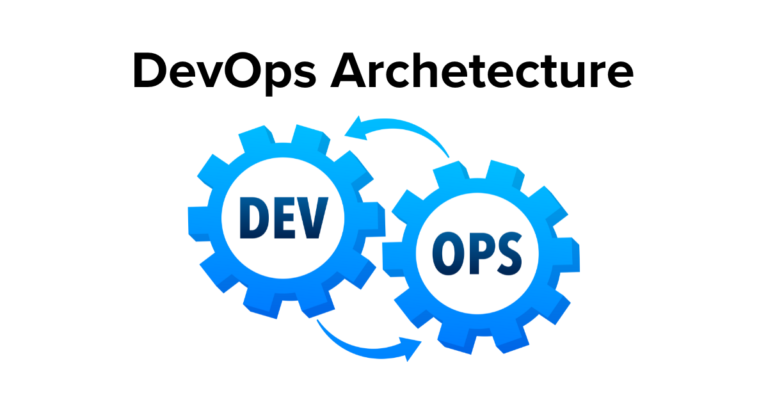The DevOps is the combination of two words, one is Development and other is Operations. It is a culture to promote the development and operation process collectively.
The DevOps tutorial will help you to learn DevOps basics and provide depth knowledge of various DevOps tools such as Git, Ansible, Docker, Puppet, Jenkins, Chef, Nagios, and Kubernetes.
What is DevOps?
The DevOps is a combination of two words, one is software Development, and second is Operations. This allows a single team to handle the entire application lifecycle, from development to testing, deployment, and operations. DevOps helps you to reduce the disconnection between software developers, quality assurance (QA) engineers, and system administrators.
The DevOps is a combination of two words, one is software Development, and second is Operations. This allows a single team to handle the entire application lifecycle, from development to testing, deployment, and operations. DevOps helps you to reduce the disconnection between software developers, quality assurance (QA) engineers, and system administrators.
DevOps promotes collaboration between Development and Operations team to deploy code to production faster in an automated & repeatable way.
DevOps helps to increase organization speed to deliver applications and services. It also allows organizations to serve their customers better and compete more strongly in the market.
DevOps can also be defined as a sequence of development and IT operations with better communication and collaboration.
DevOps has become one of the most valuable business disciplines for enterprises or organizations. With the help of DevOps, quality, and speed of the application delivery has improved to a great extent.
DevOps is nothing but a practice or methodology of making “Developers” and “Operations” folks work together. DevOps represents a change in the IT culture with a complete focus on rapid IT service delivery through the adoption of agile practices in the context of a system-oriented approach.
DevOps is all about the integration of the operations and development process. Organizations that have adopted DevOps noticed a 22% improvement in software quality and a 17% improvement in application deployment frequency and achieve a 22% hike in customer satisfaction. 19% of revenue hikes as a result of the successful DevOps implementation.
Why DevOps?
Before going further, we need to understand why we need the DevOps over the other methods.
- The operation and development team worked in complete isolation.
- After the design-build, the testing and deployment are performed respectively. That’s why they consumed more time than actual build cycles.
- Without the use of DevOps, the team members are spending a large amount of time on designing, testing, and deploying instead of building the project.
- Manual code deployment leads to human errors in production.
- Coding and operation teams have their separate timelines and are not in synch, causing further delays.
DevOps History
- In 2009, the first conference named DevOpsdays was held in Ghent Belgium. Belgian consultant and Patrick Debois founded the conference.
- In 2012, the state of DevOps report was launched and conceived by Alanna Brown at Puppet.
- In 2014, the annual State of DevOps report was published by Nicole Forsgren, Jez Humble, Gene Kim, and others. They found DevOps adoption was accelerating in 2014 also.
- In 2015, Nicole Forsgren, Gene Kim, and Jez Humble founded DORA (DevOps Research and Assignment).
- In 2017, Nicole Forsgren, Gene Kim, and Jez Humble published “Accelerate: Building and Scaling High Performing Technology Organizations”.






